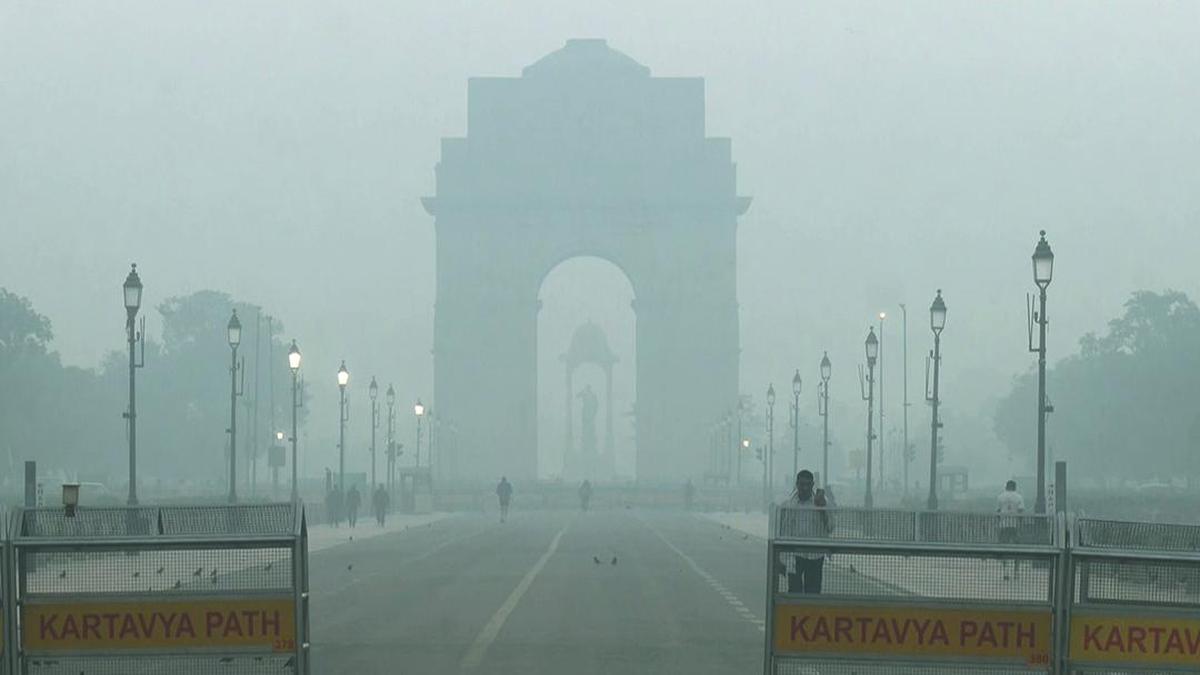Views
86
Holi, the festival of colors, is a time of joy, togetherness, and cultural vibrancy. However, the widespread use of synthetic dyes, excessive water consumption, and plastic waste during celebrations have significant environmental repercussions. Research suggests that heavy metal-based colors used in Holi contribute to soil and water contamination, impacting biodiversity and human health (Chandran et al., 2017, Journal of Environmental Chemical Engineering). The good news? We can celebrate a Green Holi, one that is greener, safer, and in harmony with nature.
Here are 5 ways to go about it:
1. Choose Natural and Organic Colors
Historically, Holi was celebrated with colors derived from plants and flowers. According to a study published in Natural Product Research (Patil et al., 2020), plant-based pigments not only reduce toxicity but also provide medicinal benefits.
Research from The Wellness Corner (2025) suggests using natural colors for Holi in a simple yet impactful way to celebrate responsibly. Heres why making the switch matters:
By opting for natural colors, we can prevent exposure to synthetic colors that contain lead, chromium, and mercury, which have been linked to neurotoxicity (World Health Organization Report, 2021).
2. Opt for a Water-Conscious Holi
Playing Holi with excessive water not only leads to wastage but also strains local water resources. A 2022 study by Water Research found that Holi celebrations in major Indian cities can lead to over 100 million liters of water wastage, enough to supply drinking water to 700,000 people for a day. To minimize water usage:
Play dry Holi with herbal powders.
If using water, limit it to biodegradable water balloons or small sprinklers instead of large buckets.
3. Avoid Plastic and Chemical Waste
Plastic waste, such as color packets and water balloons, contributes to environmental degradation. Research published in Environmental Pollution (Sharma et al., 2023) states that microplastics from such materials enter waterways, harming aquatic life. Instead:
Use cloth bags or biodegradable packets for color storage.
Avoid plastic water balloons and opt for leaf-based alternatives.
Post-celebration, clean up responsibly and dispose of waste in designated bins.
4. Plant a Tree to Give Back to Nature
Holi marks the arrival of spring, making it the perfect time to replenish what we take from nature. According to the Global Carbon Budget Report (2023), a single mature tree absorbs up to 22 kg of CO per year, improving air quality and combating climate change. By planting trees, we restore green cover, enhance biodiversity, and make our celebrations meaningful.
Artificial food colorings in traditional Holi sweets often contain synthetic dyes linked to health risks. For instance, Allura Red AC (Red 40) has been associated with increased susceptibility to bowel disorders and DNA damage in animal studies.
Concerns have also been raised about erythrosine (Red 3), leading to regulatory actions due to its potential health risks.
To mitigate these risks, consider using natural ingredients for coloring homemade sweets:
By opting for these natural alternatives, you can celebrate Holi in a manner that is both festive and mindful of health and environmental sustainability.
Shifting Towards Natural Food Dyes Amid Health Concerns.
Celebrate a Truly Green Holi!
A green Holi is not just about avoiding chemicals, its about making conscious choices that protect nature and our health. By using natural colors, reducing water consumption, avoiding plastic waste, planting trees, and choosing eco-friendly alternatives, we can make Holi a festival that gives back to the planet.
Plant a tree at Grow-Trees.com this Holi and contribute to a greener future. Lets make this festival about both color and conservation!
References:
At least a dozen US states rush to ban common food dyes, citing health risks
Are Natural Food Dyes Better? Experts Weigh In on the Pros and Cons
Should You Worry About Food Dyes? Here’s What Experts Say
Subscribe to our newsletter and recieve a selection of our cool articles every week.

When Mumbai’s Morning Haze No Longer Feels Like Home
Mumbai Weather Update: AQI Turns Severe as Thick Haze Persists, Free Press Journal (FPJ).
Nov 24, 2025

Delhi Is Gasping Again, And This Time, Even the Clouds Refused to Help
Delhi is choking again. AQI levels have slipped into the ‘severe’ zone, cloud seeding failed, and emergency measures barely make a dent. Because the city doesn’t need one-off fixes, it needs long-term healing. Trees remain the simplest, most effective answer. They absorb carbon, trap dust, cool the air, and act as natural lungs. If Delhi wants cleaner winters, it needs more green cover, not just temporary interventions. Clouds may not cooperate, but trees always will.
Nov 17, 2025
Copyrights @ 2025 All rights reserved by Pangea EcoNetAssets Pvt Ltd.